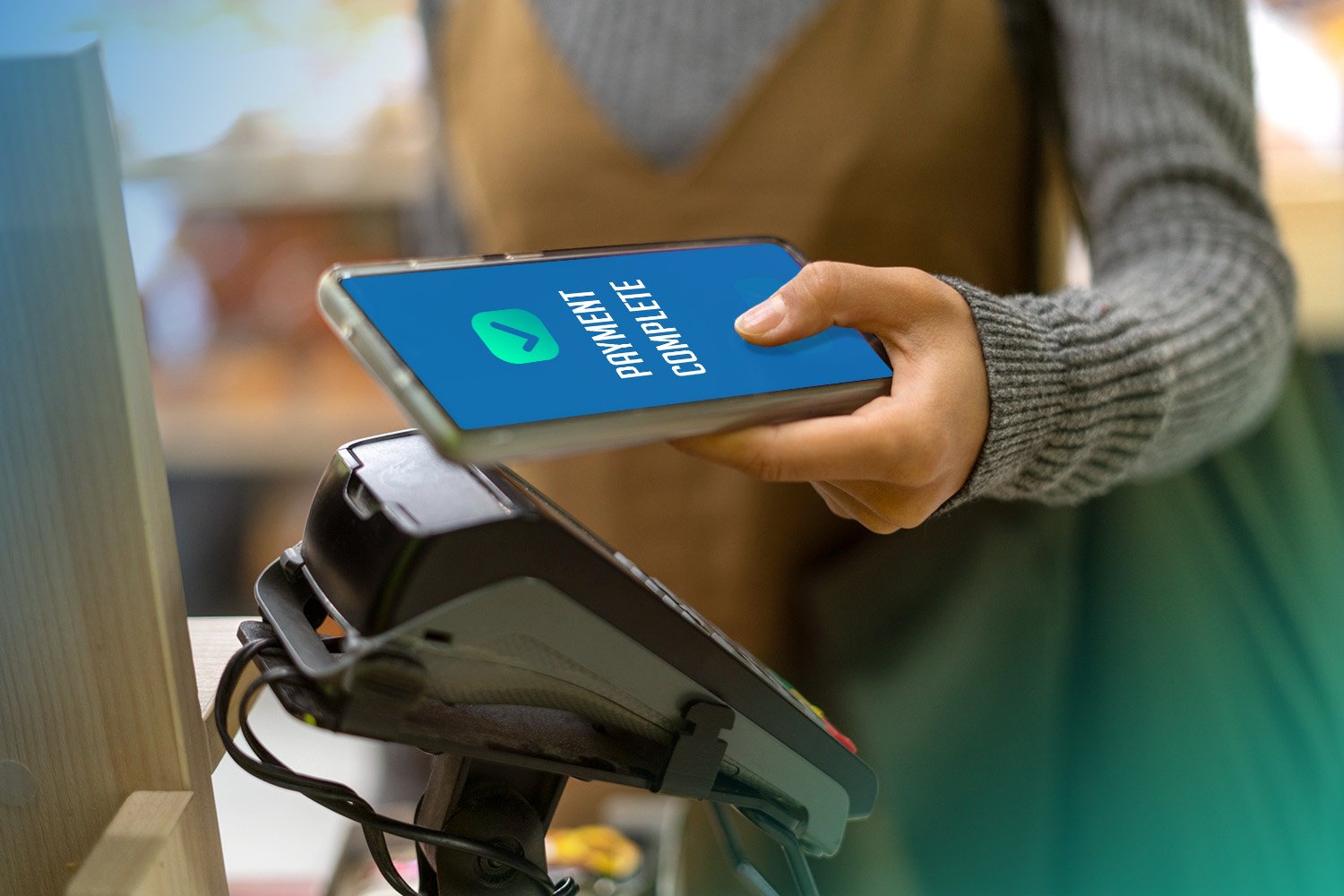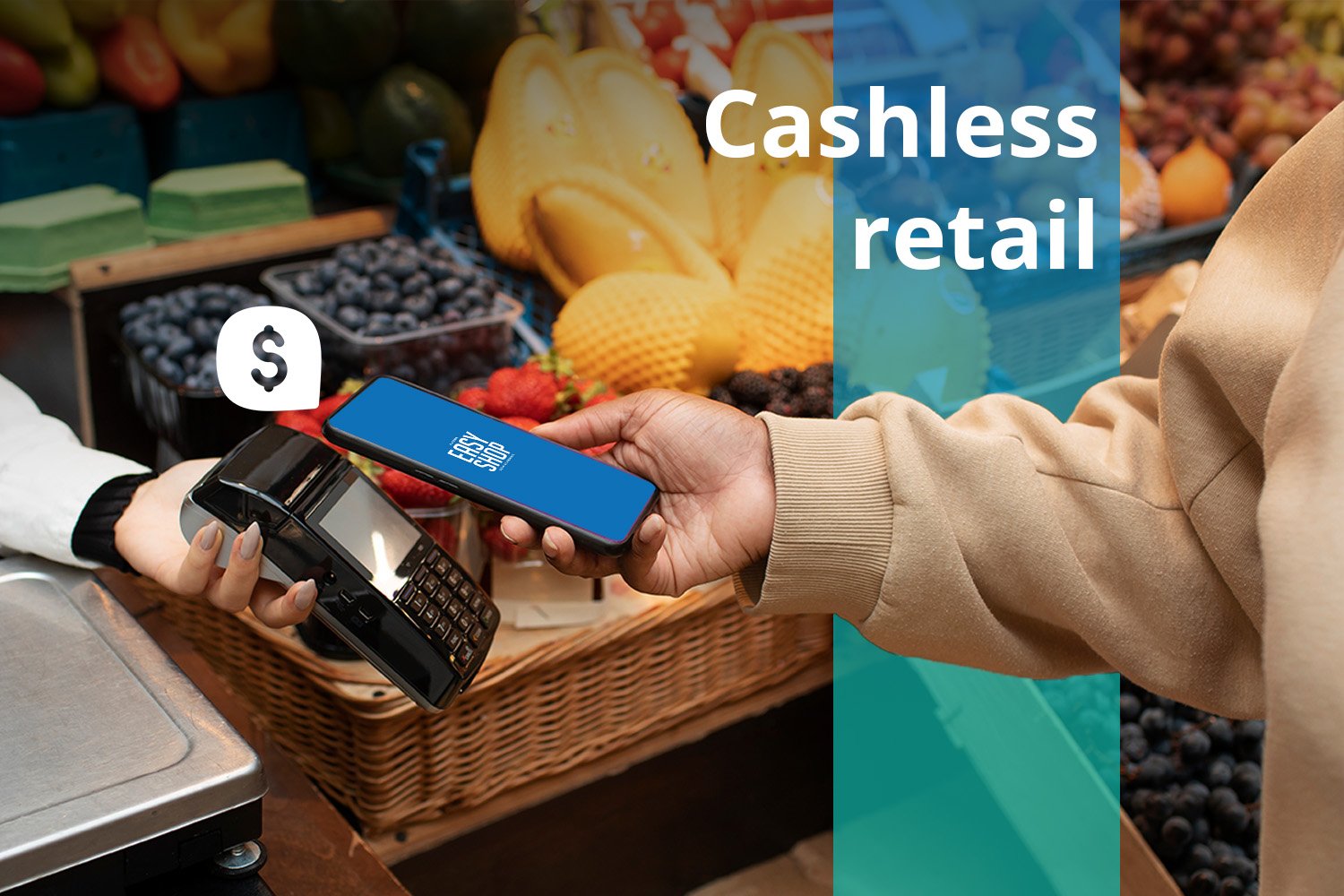How can self-scanning enhance and encourage new habits?
Building new habits can be tricky, but the pay-off is often worth it. By implementing self-scanning, retailers can encourage several new habits with positive outcomes, both among store owners and their customers. Learn about how self-scanning can enhance and encourage new habits here!
A new year often sparks the initiative to start new routines—joining a running class, calling the grandparents more often, or learning French. Perhaps it’s also the right time for shoppers to improve their shopping habits—and for retailers to enhance their in-store technology.
Many agree that implementing new retail technology is a smart way to gain a competitive edge—but how does it actually work? And are these improvements noticeable only to shoppers, or do they offer clear benefits to retailers as well?
This topic is broad and encompasses several areas—both "softer" aspects like customer satisfaction and store preferences, and more tangible outcomes such as increased revenue or larger basket sizes. Curious about the benefits of self-scanning for both retailers and shoppers? Learn more here:
Benefits of self-scanning for the shopper
Benefits of self-scanning for the retailer
But circling back to habits, these can be even harder to grasp. Being defined as “a settled tendency usual manner of behavior”, habits sometimes form when least expected, and can be difficult to both create and change. By creating new in-store habits, there is an opportunity for both retailers and customers to enhance the retail experience, in various ways.
The effects of implementing self-scanning
Habits can be hard to spot because they’re often subtle. In retail, it’s helpful to look at the outcomes of self-scanning to understand the habits that lead to this new behaviour. Here are some of the habits spotted in connection with self-scanning.
The habit of better usage of resources: Retailers gaining a sustainable edge
The topic of sustainability remains an important factor, both for retailers and their customers. Using retail technology is said to be a smart way for retailers to gain a sustainable edge. Self-scanning is a solution that not only helps the shoppers to do their shopping more efficient – it also makes it possible for retailers to allocate their in-store resources.
The habit of exploring: Consumers shopping a more diverse range of products
Some habits are hard to break, such as product preferences and shopping behaviour. However, studies show that scan-and-go alternatives encourage shoppers to consumer a more diverse range of products, compared to those who are not using this type of solutions. It can thereby create an incentive for retailers to showcase their full product range through recommendations, in-app discounts and other cues.
The habit of advocacy: Positive testimonials and word-of-mouth endorsement
While self-scanning has a positive effect on retailers and shoppers directly, it can also greatly benefit the long-term advocacy for the retail brand itself – studies show that self-service technologies can positively increase the customer word-of-mouth and advocacy for the store. Of course, this requires a retail solution that is easy to use and to understand – something that the retailer must keep in mind.
Will all self-scanning solutions yield the same result?
The advantages of self-scanning are many – both for the retailer and the shoppers who use it – but does this mean that all scan and go solutions will provide the same result?
Unfortunately not – this depends on a variety of factors such as the interface, the compatibility with existing hardware, and the features available in the self-scanning app. It is thereby important to choose a self-scanning solution with care – in order to make the most of the technology at hand.
The habit of continued usage: What does it take to make self-scanning a routine?
It is important to keep in mind that avoiding self-scanning could also be a habit – even if the retailer offers self-scanning, it does not automatically result in any usage. So, what does it take to make self-scanning a routine? Since not all self-scanning solutions are the same, what guidelines can help in choosing the right one? Generally speaking, usability and quality are two key areas to focus on.
Usability addresses the needs of both the end-user—often the store customer—and the retail staff who perform checks and monitor day-to-day activities via the dashboard. The solution must be easy to use, regardless of the technological proficiency of the end-user.
Quality pertains to the less visible aspects of the solution—those that often go unnoticed until something goes wrong. This includes issues like glitches, unreasonably slow scanning, or suboptimal compatibility between software and hardware.
Want to dive deeper into the topic? Learn more about how to encourage continued usage here!
The software and hardware combination can make a big difference
As mentioned, by offering the best self-scanning experience possible, positive habits are formed more easily.
The EasyShop software together with the Zebra PS30 scanning device creates a strong combination of smart software and reliable hardware – with the latest features available.





